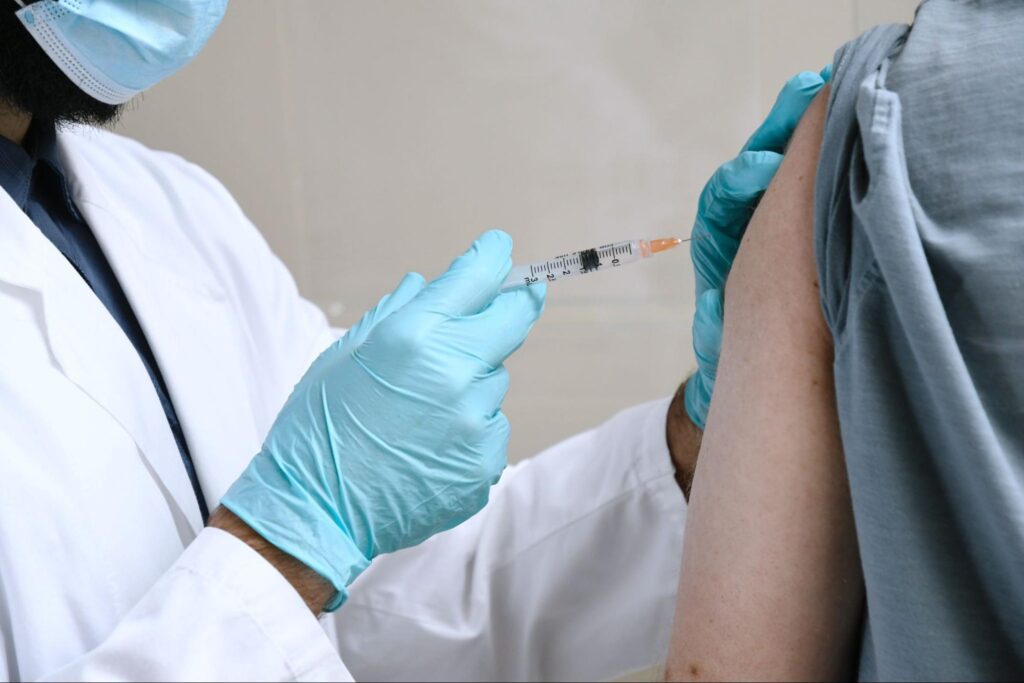Understanding Vaccine Development and Safety
Vaccines stand as monumental achievements in public health, safeguarding individuals against numerous infectious diseases. The development and assurance of vaccine safety, however, is a multifaceted and often misunderstood process. This blog seeks to unravel the complexities of vaccine creation, from the initial research to post-market surveillance, and illuminate the stringent safety protocols employed. Grasping these processes is vital, especially in a time where misinformation can swiftly circulate, influencing public health decisions. In an era where new diseases can emerge and spread globally with alarming speed, understanding the science and safety behind vaccine development is not just educational but a necessity for informed healthcare choices. It’s a journey that intertwines scientific rigor with ethical responsibility, aiming to protect public health while upholding the highest safety standards.
The Science of Vaccine Development
Preclinical Testing
Clinical Trials: Ensuring Safety and Efficacy
- Phase I: A small volunteer group receives the vaccine to evaluate its safety and the immune response it elicits.
- Phase II: The study broadens to include more individuals, encompassing diverse age groups, to further affirm safety and immune response generation.
- Phase III: Involving thousands of participants, this phase contrasts the vaccine group with those unvaccinated, offering effectiveness data and identifying any rare side effects.
Regulatory Review and Approval

Vaccine Manufacturing and Quality Control
Post-Market Surveillance
Global Immunization Efforts and Challenges
Better Understand the Vaccination Process
The journey from vaccine conception to global distribution underscores a commitment to safety and efficacy at every turn. Understanding this intricate process is essential for appreciating the vital role vaccines play in public health. Through rigorous testing, regulatory oversight, and ongoing safety monitoring, the vaccines administered today are the culmination of an exhaustive endeavor to protect public health while minimizing risks. Amidst an era where misinformation can undermine public health initiatives, recognizing and trusting the extensive efforts ensuring vaccine safety and efficacy is more crucial than ever.
Check out our Clinica Familiar Amistad blog to learn more about our healthcare services for patients in Mesquite, TX.




Simply wish to say your article is as amazing The clearness in your post is just nice and i could assume youre an expert on this subject Well with your permission let me to grab your feed to keep updated with forthcoming post Thanks a million and please carry on the gratifying work